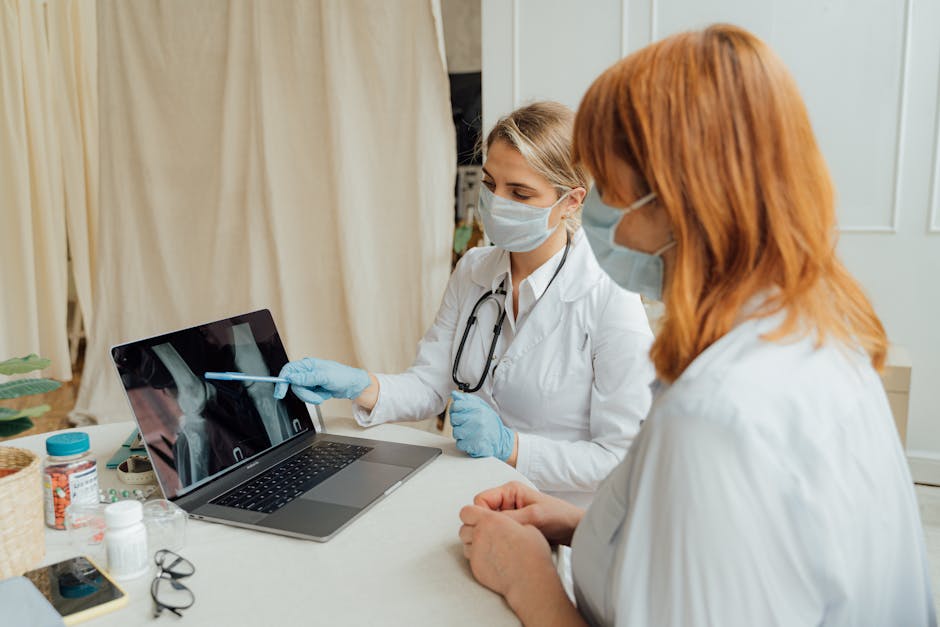Groundbreaking Study Links Microplastics to Bone Degradation
In a groundbreaking study published in The Lancet Global Health, doctors have uncovered alarming evidence that microplastics are contributing to the degradation of human bones. This discovery sheds light on yet another hidden danger of the pervasive plastic pollution that has infiltrated our environment—and our bodies.
How Microplastics Infiltrate Our Bones
Microplastics—tiny plastic particles less than 5 millimeters in size—have been detected in human blood, organs, and now, bone tissue. The study, led by researchers from Indian and international institutions, analyzed bone samples from over 500 individuals. Nearly 80% of the samples contained microplastics, with higher concentrations linked to increased bone density loss and osteoporosis-like symptoms.
Dr. Anjali Rao, a senior researcher on the study, explains that microplastics enter the body through contaminated food, water, air, and even skin absorption. Once inside, they migrate to tissues like bones, where they accumulate and trigger inflammatory responses. These disruptions impair the balance between bone formation and resorption, leading to weakened bones and a higher risk of fractures.
A Silent Threat to Public Health
The findings are particularly concerning for regions like India, where plastic pollution is rampant and healthcare systems are under strain. Dr. Rajesh Kumar, an orthopedic surgeon in New Delhi, notes a rise in bone-related ailments among younger populations. “While diet and lifestyle are factors, microplastics could be a significant, yet overlooked, contributor,” he says.
The problem is exacerbated by the ubiquity of microplastics. From drinking water to seafood, these particles are nearly impossible to avoid. “Even if we stopped producing plastic today, the existing microplastics would remain a threat for decades,” warns Dr. Rao.
What Can Be Done to Protect Yourself?
While the situation is alarming, there are steps you can take to reduce your exposure:
– Minimize plastic consumption by choosing reusable alternatives.
– Opt for filtered or glass-bottled water.
– Prioritize fresh, unpackaged foods.
On a broader scale, governments and industries must act swiftly to curb plastic production and improve waste management. “This is a public health crisis,” says environmental activist Aruna Deshpande. “We need stricter regulations and sustainable alternatives.”
The Road Ahead
The study highlights the urgent need for further research into the long-term health effects of microplastics. “We’ve only scratched the surface,” says Dr. Rao. Understanding how these particles interact with our bodies is crucial for developing effective interventions.
This discovery underscores the interconnectedness of environmental and human health. As plastic pollution grows, so does the risk to our bones and overall well-being. The time to act is now—before the damage becomes irreversible.
Disclaimer: The information provided in this article is based on current research findings and expert opinions. Consult a healthcare professional for personalized medical advice.




